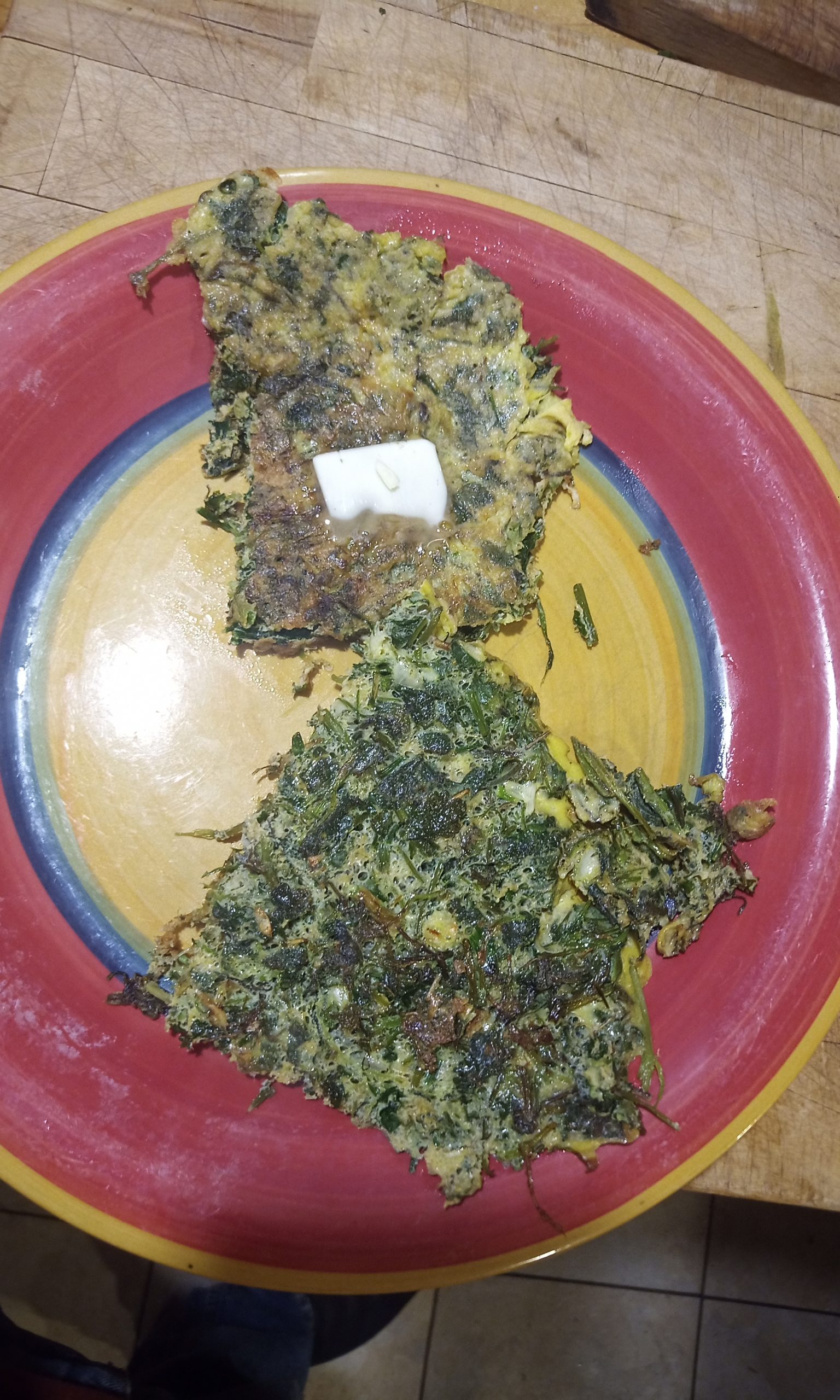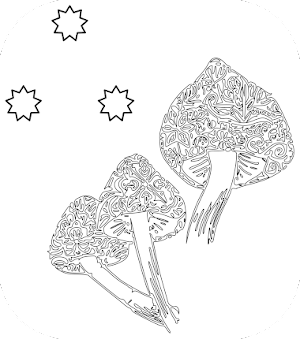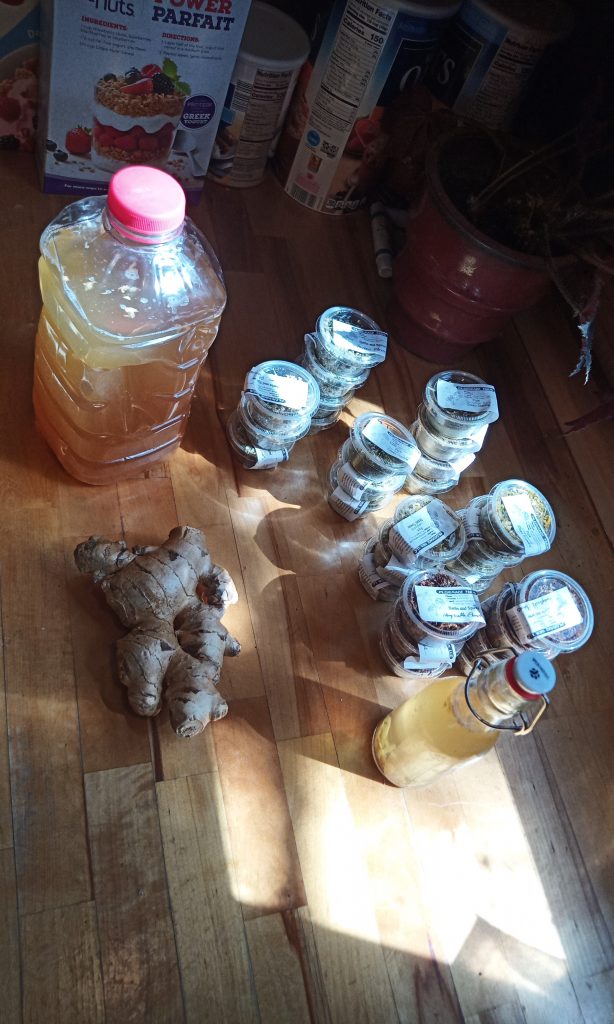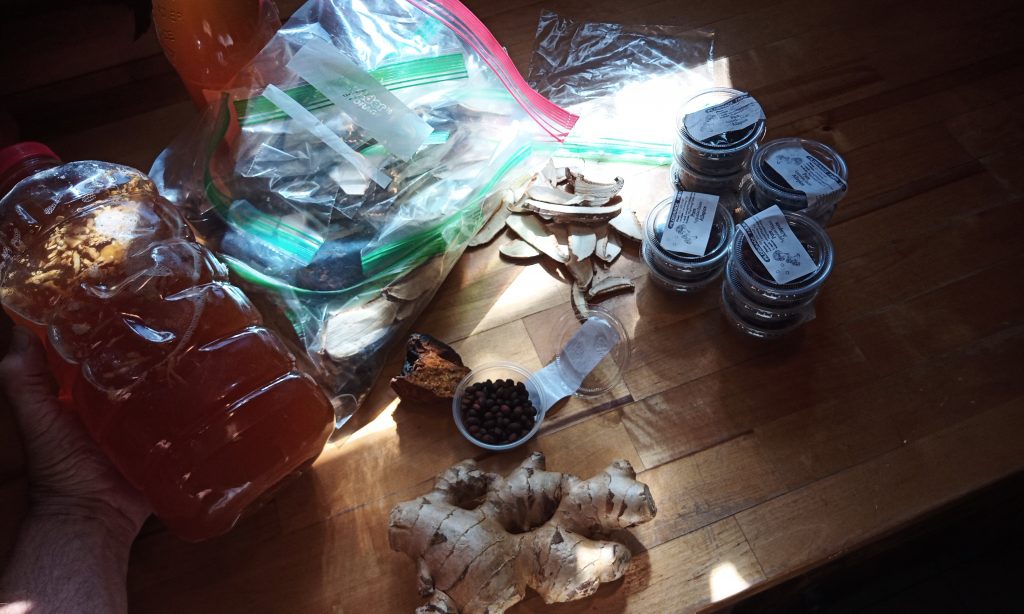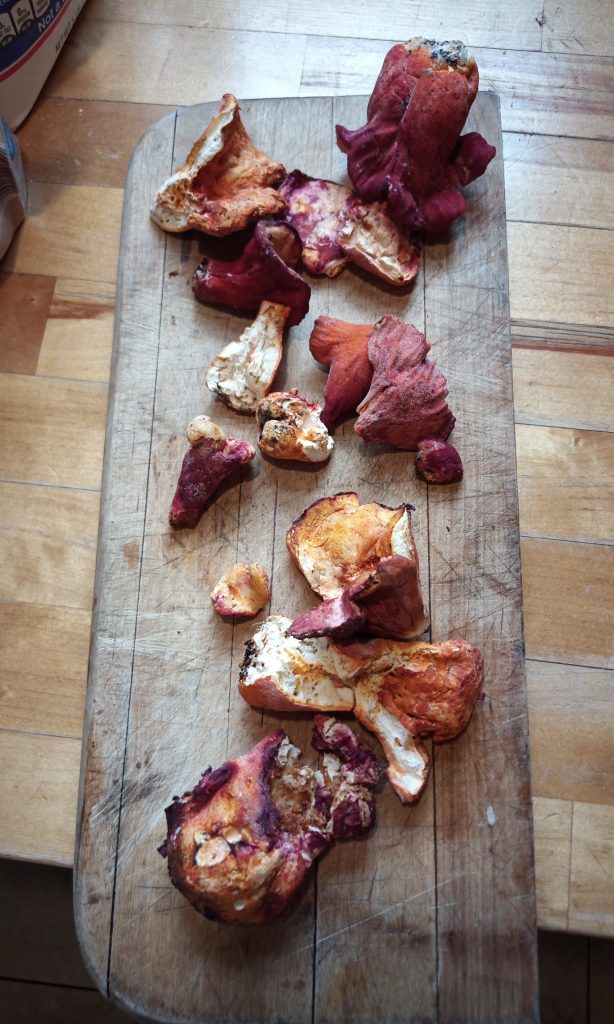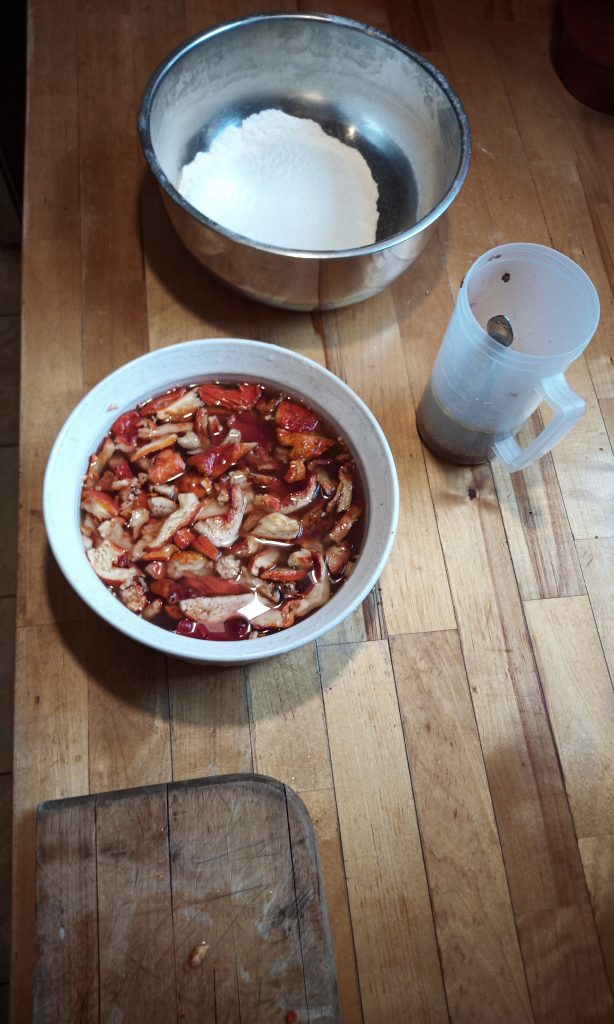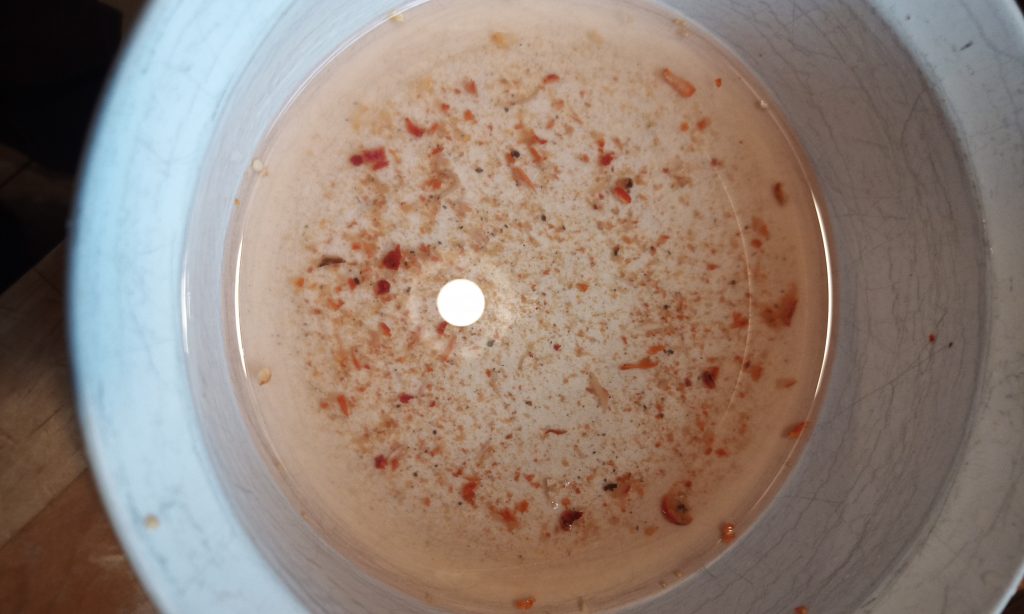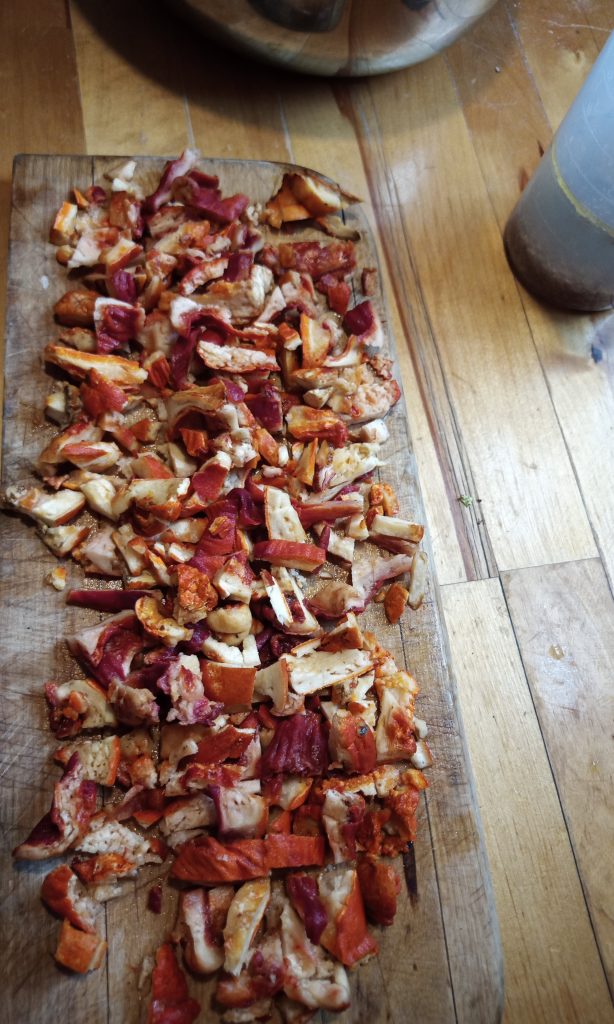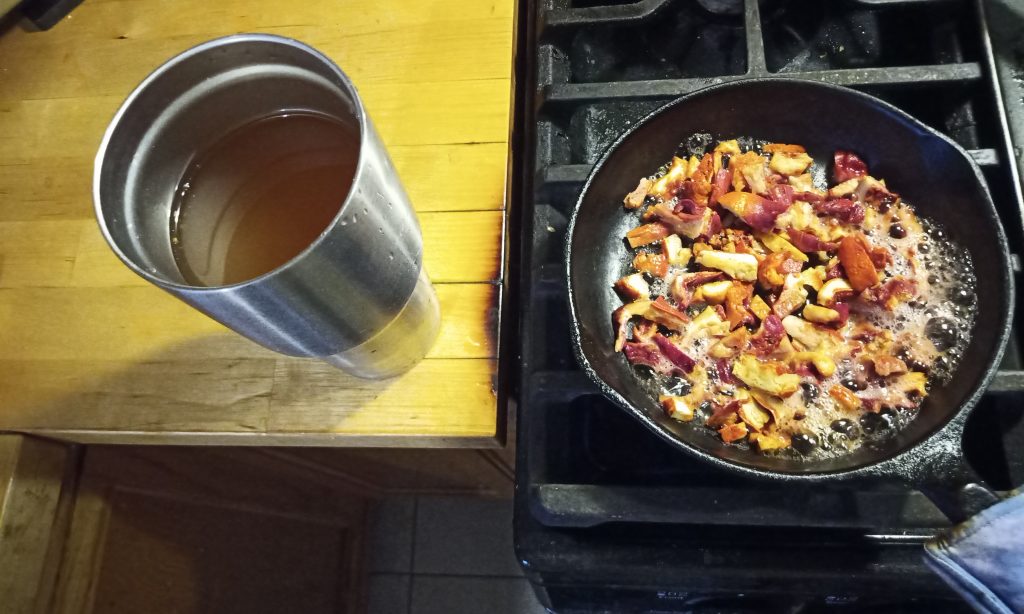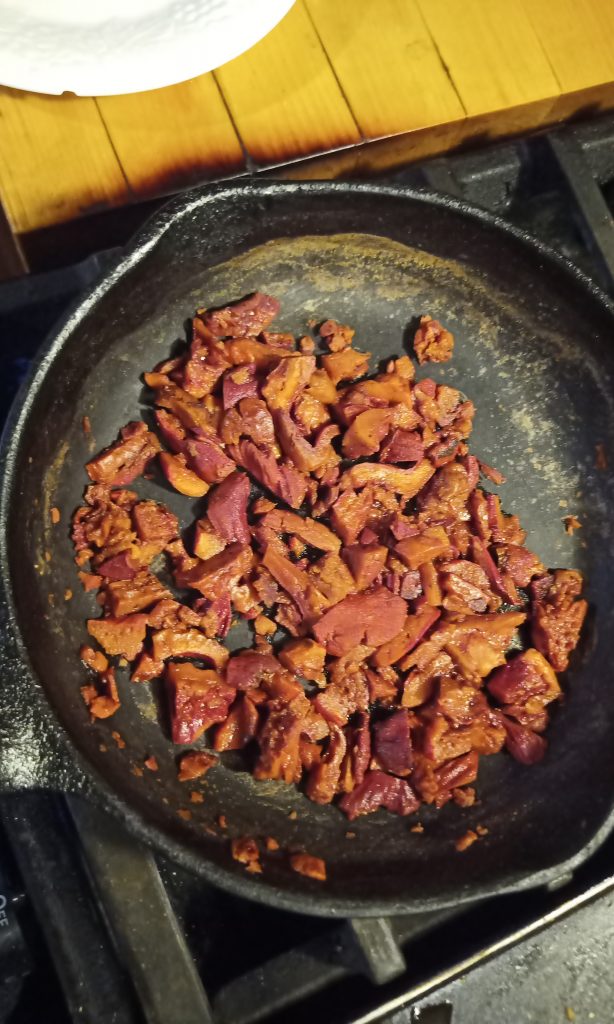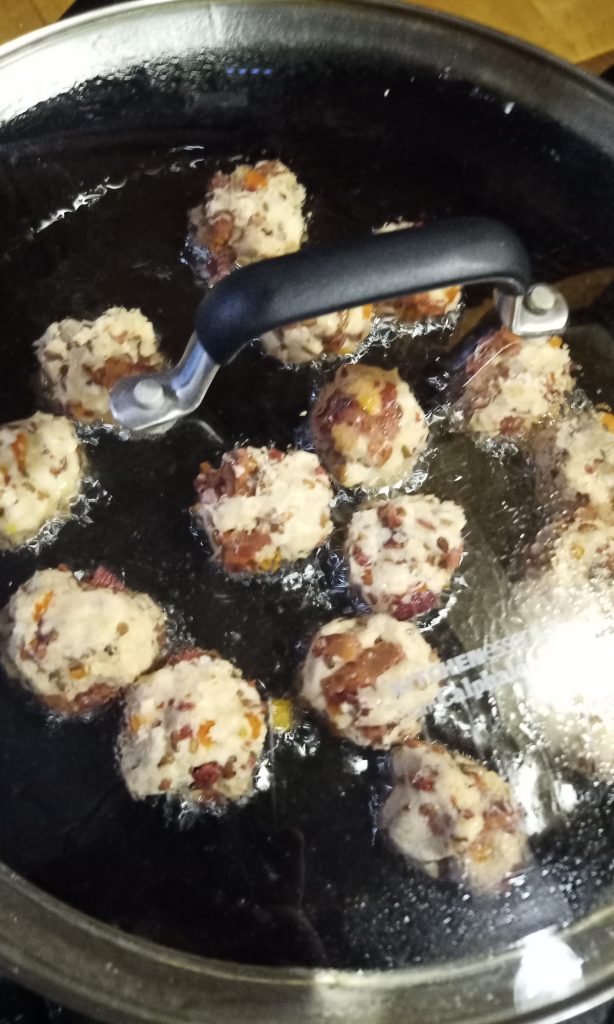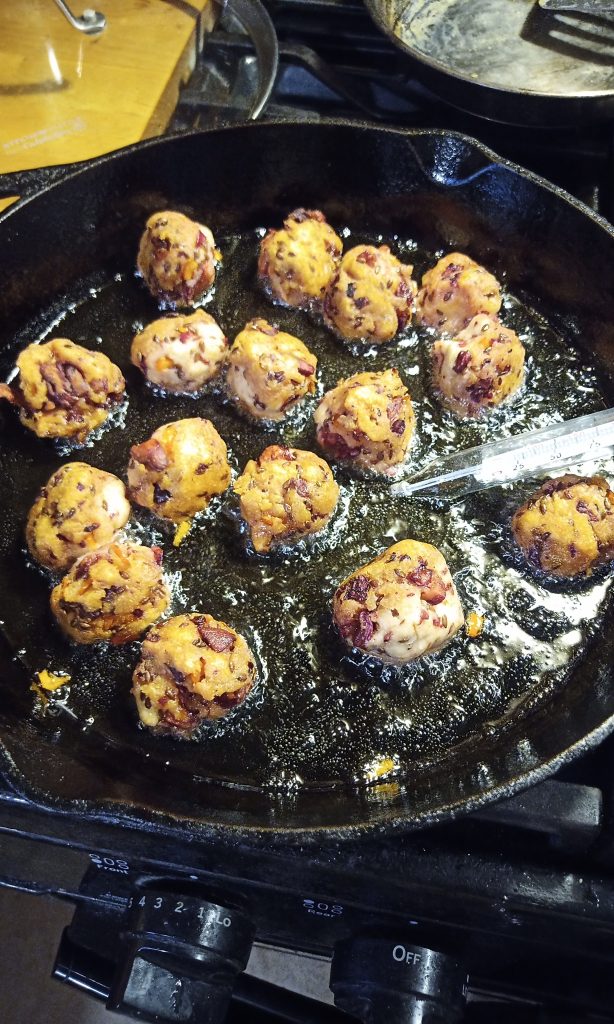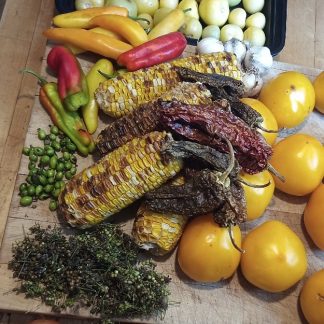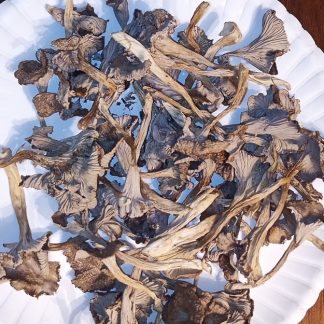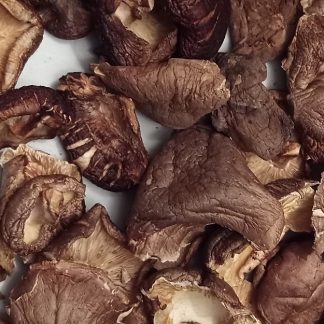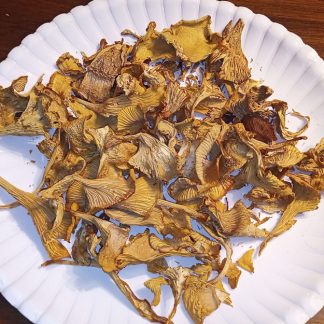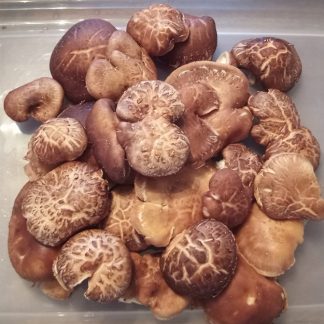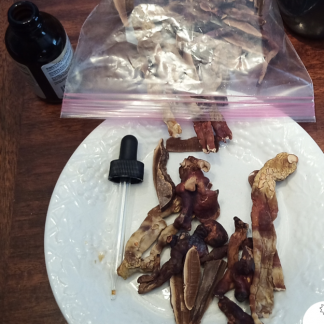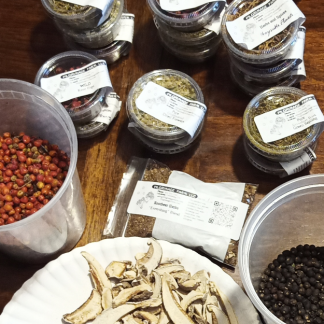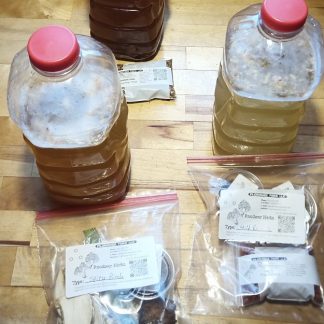Eat the weeds!

Spring is just around the corner, I often get the craziest looks this time of year. Henbit, Dead Nettle, Crow Garlic… people look and exclaim “but those are just weeds!” Yes, that’s right, they are. This time of year is special and important to our health, many cultures, traditions, and religions prescribe fasting during some period in the spring. The long months and short days of winter are nearly past now, naturalists have been living on preserves from last season for a time now and we need a boost of fresh nutrients. God provides, suddenly there is an eruption of natures microgreens, Henbit, Dead Nettle, Crow Garlic just to name a few of my favorites. Why am I calling THOSE WEEDS “microgreens”?
Nutrients, flavor, size and quantity. These wild greens are best when harvested early in the season, just after their first flowers bloom and before pollination can occur. Also, before anyone upwind of you sprays any bio-hazardous chemical on their industrial carbon pollution pumping “farm” fields. Seriously though, always check your wild harvest weeds for overspray, chemical damage is readily apparent on most of these, after all, they are the “enemy” of “modern” farming.
Only collect healthy looking, good smelling weeds for consumption, and eat them before any wilting can start. Wash you weeds twice, I recommend this practice with all wild food.
Recipe
- 1 1/2 oz Henbit
- 1 1/2 oz Dead Nettle
- 1 oz Crow Garlic
- 3 Eggs
- 3 Tbsp Cold Water
- 2 Tbsp Butter
- to taste Salt
This fresh herb frittata is made in the Persian style, its a simple preparation and differs slightly from traditional KooKoo Sabzi, mostly in the cooking of it.
First, wash your wild greens, remove any dead leafs, trim the stem at the root, wash in small batches one ingredient at a time, spin dry in a salad spinner and set aside on a perforated rack.
Next, you should go ahead and bring the 3 wild ingredients together in a large salad bowl and rinse them with another quart of water or so, you will notice how much dirt was left after your first “washing”. Now, you may wish to repeat a 3rd time, its up to you, I find this normally sufficient, so I spinn-off the greens again, and set aside to drip dry while I gather my remaining ingredients and utensils. Resist the urge to blot dry your greens for this recipe, the extra moisture here will help make sure your greens come out nice and tender.
Now that everything is clean and on hand, go ahead and chop the wild greens. Start with the Crow Garlic so its flavor has some time to develop, I like to smash the clove with the side of my knife, then dice the whole thing fine.
Cutting the remaining greens can be done together, in about 1″ lengths, then turned 90 degrees and repeat, use your best judgement here based on the size of YOUR wild greens, you want them small enough so as not to “poke up” when you make the dish. Combine the chopped greens and the diced Crow Garlic in a large bowl and mix well.
Crack the 3 eggs into a medium bowl, add the water and salt, whisk vigorously to introduce air for a nice fluffy frittata. Go ahead and get a medium to large skillet hot on medium heat, and melt half the butter in it, coating the bottom. Fold the egg mixture into the chopped greens and immediately transfer to the skillet, cover, reduce heat to med-low and allow the disk to cook until the extra water has been completely evaporated, about 6 to 8 minutes. This is a long time to cook eggs, however its a relatively short time to cook wild greens. The long cooking time here ensures the greens steam nicely and become very tender.
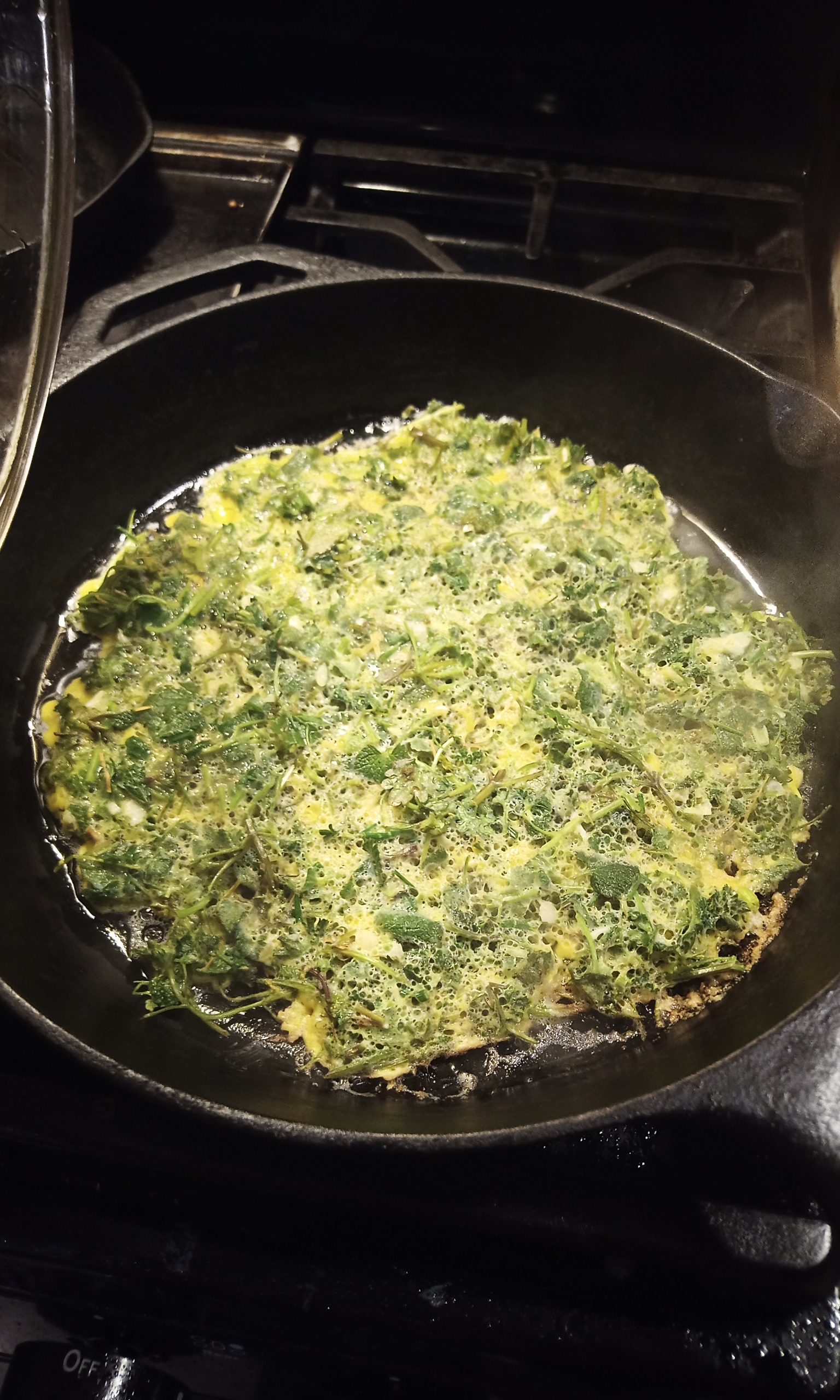
When all the extra water is gone, turn the heat up to med-high, remove the cover and start checking the edge around the skillet for browning. Now you have some options, you can finish this several ways. Start by adding the remaining butter sliced thin to the top of the dish. The simplest finish is to place this in a hot oven at 425 and bake to desired finish on top.
Another method is to flip it in the skillet, cover and brown the 2nd side. You can add cheese on top and place this in a broiler for a quick hot finish also.
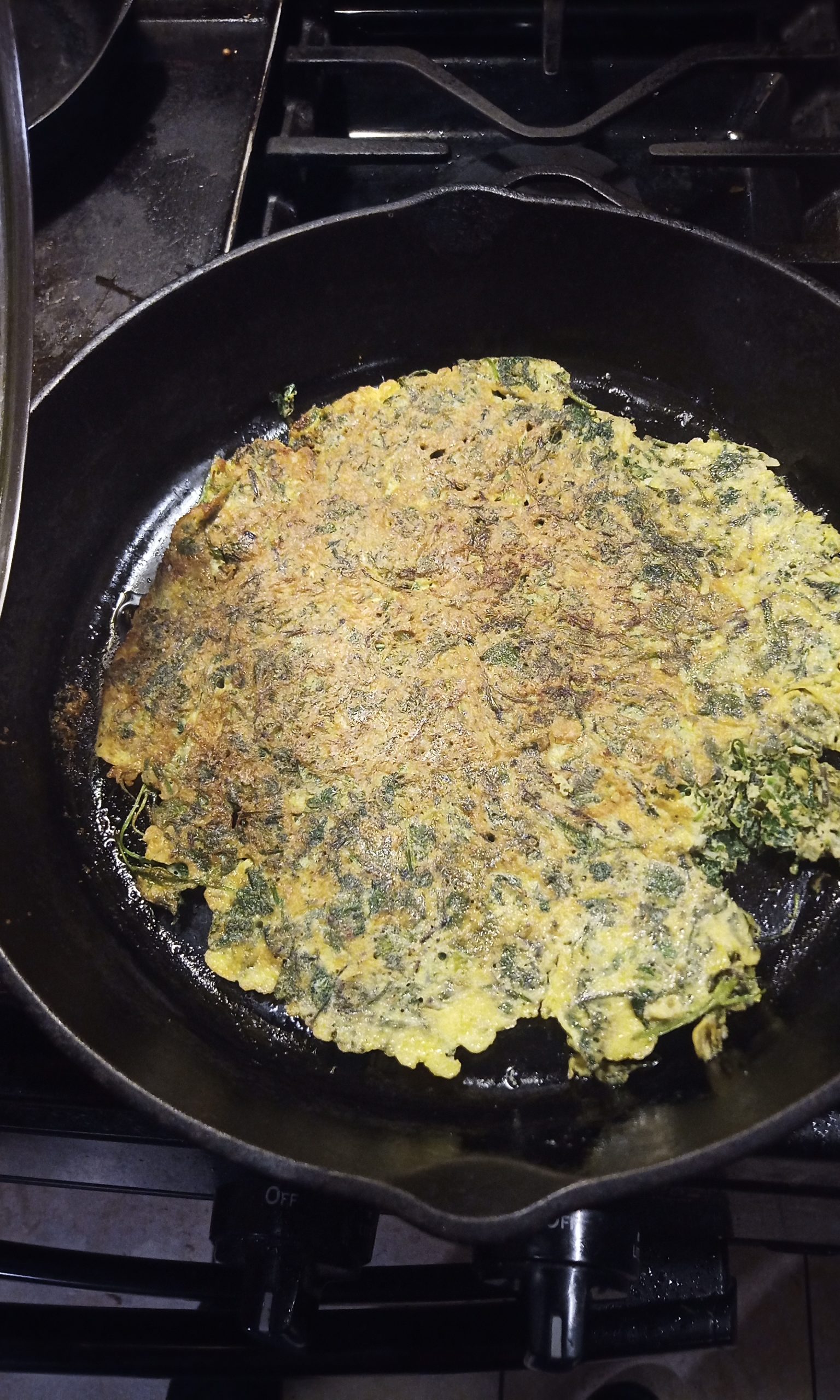
Slice this like a pie and it will serve 4. I like to pair this with some bulgarian white sheep cheese and a warm flatbread such as naan or lavash. Garnish with some fresh sage, basil, and parsley sprigs and voila! Bon Appetit!
